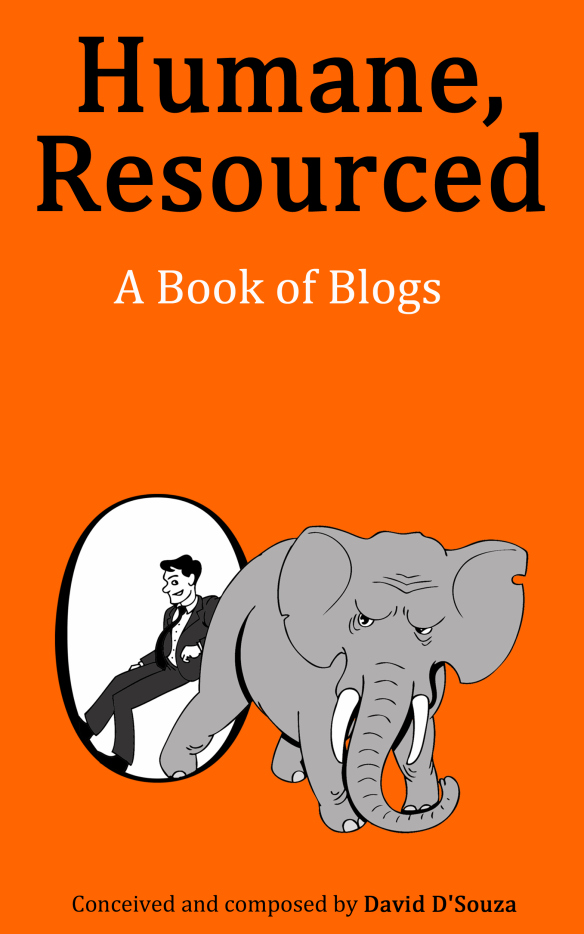There’s two kinds of business success stories that everyone talks about and then learns nothing from.
The first is the upstart business that is just doing things disruptively different. Their organizational structure and processes go against the cookie cutter business school best practices. Companies like Valve with its completely flat org chart and BrewDog with their “Equity for Punks” customer ownership program come to mind. We all marvel at their ingenuity and then insist that it’ll never work anywhere else or dismiss it as being only viable for startups. We think that putting meaning or innovation ahead of the Wall Street Quarterly Numbers Game is somehow poor business.
The other is the upstart that hits it big: Apple, Amazon, Google, Zappos. We churn out the stories about their cultures and benefits and all the quirks of their leaders and then promptly focus on all the wrong lessons. Tire swings in the lobby won’t give you Google’s profit margins. Being weird for the sake of weird won’t give you Zappos’ customer retention. And wearing turtlenecks and screaming at people won’t give you Apple’s innovation and iconic status.
Steve Jobs’ gift wasn’t for leadership. His brilliance was in his unrelenting focus on design and the customer above all else. He thought long term and insisted on getting right all the details that no one else realized were details. I believe the single most important lesson we can take from Steve Jobs legacy is summed up in a quote from him:
“If you keep your eye on the profit, you’re going to skimp on the product. But if you focus on making really great products, then the profit will follow.”
This could be re-written for Zappos, just replace “product” with “customer service”. Or for any of the businesses, big or small, that succeed doing things disruptively different.
The magic “different” is almost always a relentless priority focus on creating meaningful products or services that customers value, love, and rally behind. Profits are important but seen more as a way to keep the doors open and create better products and services versus the end all be all. Profits are a means, not an end.
We admire the innovation, the ingenuity, and – yes – their profitability and then we all go back to focusing on profits over products, dollars over meaning, creating unhealthy dysfunction and disorder.
Consider it this way. Elite athletes are thin, skinny even, but not because they want to look like runway models. Athletes aren’t lean out of fashion or vanity; they are lean out of necessity. Extra weight on an athlete isn’t unattractive, it’s a crucial few extra hundredths of a second, it’s reduced performance, it’s finishing second. Being lean is the byproduct of focusing relentlessly on fitness and performance; it’s the means, not the end.
But what if we, in our emulation of athletes, got it backwards? What if we just focused on being thin first and foremost and slashed our calorie intake to survival levels? If an athlete were to focus on being supermodel thin, their performance would drop immediately and drastically. They wouldn’t have the necessary muscle to perform and the muscles they did have wouldn’t be receiving enough fuel to excel or even train and develop.
Now, let’s look back at companies. We want companies to perform at the highest level, but so often we focus on profits as the end rather than the byproduct of performance. It’s when we get those confused that the problems start.
We start cutting expenses to the bone and don’t invest in the things we need to be profitable in the future. No athlete in the world would stop training because they were worried that the muscle they were adding would hurt performance. Yet, one of the first things cut in organizations is learning and development. When performance is down, we eliminate one resource that helps improve performance (whaaaa?). The next to go is staff – those people who create, deliver, and support the products and service the customer pays for). So we end up with fewer people who are less skilled and somehow consider that better than having more people who are more skilled. (Please show me one successful sports team that’s run this way. Just one.)
Or we start binging and purging with hiring and layoffs. We focus on the image in the mirror (or in the spreadsheets) instead of how fit and healthy we are. We get corporate liposuction by selling off assets or radically cutting costs, making the company look good temporarily but without addressing the long-term decisions and habits that made the company overweight or underperforming in the first place.
We start asking, “What costs can we cut?” instead of “What resources should we invest more in?” We ask, “What can we offer that we can charge the customer more for?” instead of “What would our customers really value?” We ask, “How can we improve our numbers this quarter?” instead of “What do we need to do to be a thriving company ten years from now?”
Company performance and meaning aren’t mutually exclusive. Done right, profits help us create even more meaning, leading to more profits. Done wrong, a singular focus on profits kills meaning and, ironically, hurts long-term performance.
It’s fascinating how we have examples of the philosophies and attitudes that help create standout companies. We study them, give them a hero’s status, and then quietly return to doing what everyone else is doing.
What thinks you?
